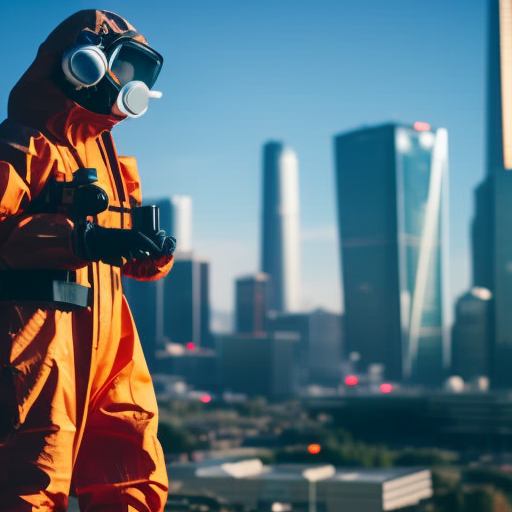Air Pollution Control: A Comprehensive Overview
Air pollution control refers to the various techniques and strategies employed to reduce or eliminate the release of harmful pollutants into the atmosphere. With the rapid industrialization and urbanization of the modern world, air pollution has become a significant environmental and public health concern. The implementation of effective air pollution control measures is crucial to safeguarding human health and preserving the quality of the air we breathe.
Sources of Air Pollution
Air pollution can arise from both natural and human activities. Natural sources include volcanic eruptions, dust storms, and wildfires. However, the majority of air pollution is caused by human activities, such as industrial processes, power generation, transportation, and residential heating and cooking. These activities release a wide range of pollutants, including particulate matter, sulfur dioxide, nitrogen oxides, carbon monoxide, volatile organic compounds, and hazardous air pollutants.
Types of Air Pollution Control
Air pollution control techniques can be categorized into two main types: source control and end-of-pipe control. Source control focuses on preventing or reducing the emission of pollutants at their source, while end-of-pipe control aims to capture and treat pollutants after they have been released into the atmosphere.
Source Control:
- Process Modification: This involves modifying industrial processes to minimize pollutant generation. It can include using cleaner fuels, optimizing combustion processes, and implementing advanced technologies.
- Energy Efficiency: Improving energy efficiency reduces the overall energy consumption and, consequently, the emission of pollutants. This can be achieved through the use of energy-efficient equipment and practices.
- Substitution: Substituting hazardous substances with less harmful alternatives can significantly reduce pollutant emissions. For example, replacing leaded gasoline with unleaded gasoline has led to a substantial decrease in air pollution.
End-of-Pipe Control:
- Particulate Matter Control: Techniques such as electrostatic precipitators and fabric filters are used to remove particulate matter from industrial emissions.
- Flue Gas Desulfurization: Flue gas desulfurization systems remove sulfur dioxide from power plant emissions, reducing the formation of acid rain.
- Catalytic Converters: Catalytic converters are commonly used in vehicles to convert harmful pollutants, such as nitrogen oxides and carbon monoxide, into less harmful substances.
- Volatile Organic Compound Control: Technologies like carbon adsorption and thermal oxidation are employed to control volatile organic compound emissions, which contribute to the formation of ground-level ozone.
Regulatory Measures and International Agreements
To address the issue of air pollution, governments around the world have implemented regulatory measures and established international agreements. These measures aim to set emission standards, promote the use of cleaner technologies, and encourage the adoption of sustainable practices. Examples include the Clean Air Act in the United States, the European Union’s Air Quality Directives, and the United Nations Framework Convention on Climate Change.
Challenges and Future Outlook
Despite significant progress in air pollution control, challenges remain. Rapid industrialization in developing countries, population growth, and the increasing demand for energy pose ongoing challenges for air quality management. Additionally, emerging pollutants, such as microplastics and nanoparticles, require further research and innovative control strategies.
The future of air pollution control lies in the development and implementation of advanced technologies, such as carbon capture and storage, renewable energy sources, and electric vehicles. Furthermore, public awareness and education play a crucial role in encouraging individuals and communities to adopt sustainable practices and reduce their contribution to air pollution.
In conclusion, air pollution control is essential for protecting human health and the environment. By employing a combination of source control and end-of-pipe control measures, governments, industries, and individuals can work together to reduce air pollution and create a cleaner and healthier future.












